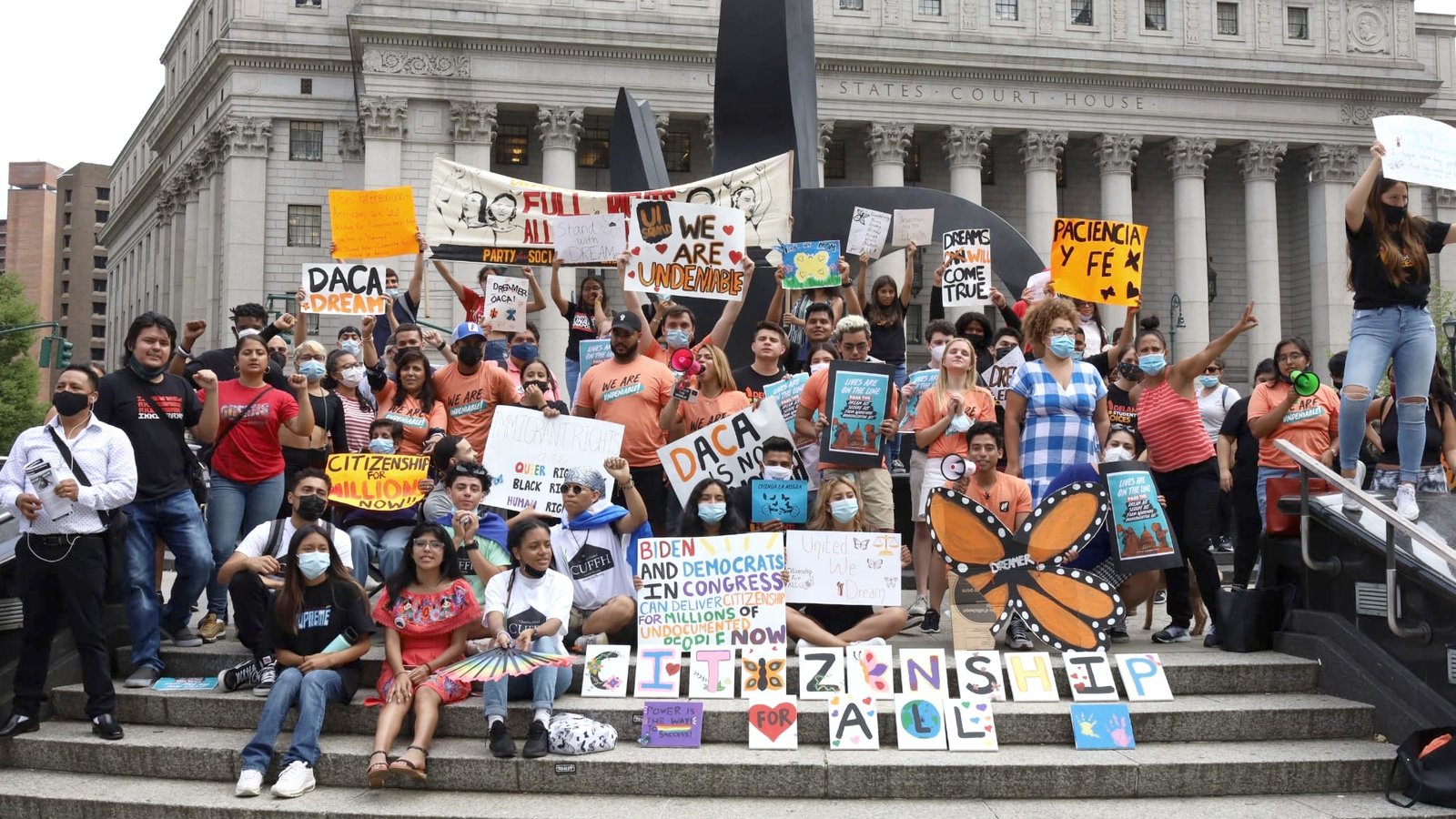By Alex Wagner ~ The Atlantic ~ March 6, 2017
In the late 1920s and early 1930s, the country carried out a wave of unconstitutional raids that affected as many as 1.8 million people. Is it on the verge of doing so again?
It was a time of economic struggle, racial resentment and increasing xenophobia. Installed in the White House was a president who had never before held elected office. A moderately successful businessman, he promised American jobs for Americans—and made good on that promise by slashing immigration by nearly 90 percent.
He wore his hair parted down the middle, rather than elaborately piled on top, and his name was Herbert Hoover, not Donald Trump. But in the late 1920s and early 1930s, under the president’s watch, a wave of illegal and unconstitutional raids and deportations would alter the lives of as many as 1.8 million men, women and children—a threat that would seem to loom just as large in 2017 as it did back in 1929.
What became colloquially known as the “Mexican repatriation” efforts of 1929 to 1936 are a shameful and profoundly illustrative chapter in American history, yet they remain largely unknown—despite their broad and devastating impact. So much so that today, a different president is edging towards similar solutions, with none of the hesitation or concern that basic consciousness would seem to require.
Indeed, in the last several weeks, President Trump ordered the Department of Homeland Security to greatly increase not only the scope of potential deportees, but the speed at which they are being sent out of the country—a bid at “stabilization” borne of many of the same nationalist anxieties that plagued his predecessor nearly a century ago.
In his address to a joint session of Congress last week, the president painted a dark portrait of America’s immigrant population: “As we speak tonight,” he intoned, “we are removing gang members, drug dealers and criminals that threaten our communities and prey on our very innocent citizens.” It was the same foreboding message that Trump has espoused since he announced his candidacy, and yet there remains very little evidence to support it.
Several weeks ago, Trump’s White House circulated a draft executive order aimed at “protecting U.S. jobs,” one that would shut America’s doors to immigrants most likely to require public assistance (including reduced school lunches) as well as tightly control who is able to enter the American workforce. It was very nearly Hoover’s rallying cry—American jobs for Americans—heard once again.
Protecting our workers also means reforming our system of legal immigration. The current, outdated system depresses wages for our poorest workers and puts great pressure on taxpayers. Nations around the world, like Canada, Australia and many others, have a merit-based immigration system. It’s a basic principle that those seeking to enter a country ought to be able to support themselves financially. Yet in America we do not enforce this rule, straining the very public resources that our poorest citizens rely upon.
Back in Hoover’s era, as America hung on the precipice of economic calamity—the Great Depression—the president was under enormous pressure to offer a solution for increasing unemployment, and to devise an emergency plan for the strained social safety net. Though he understood the pressing need to aid a crashing economy, Hoover resisted federal intervention, instead preferring a patchwork of piecemeal solutions, including the targeting of outsiders.
“We weren’t rounding up people who were Canadian,” he added. “It was an absolutely racially-motivated program to create jobs by getting rid of people.”
Why, specifically, men and women of Mexican heritage? Professor Francisco Balderrama, whose book, A Decade of Betrayal: Mexican Repatriation in the 1930sis the most definitive chronicle of the period (and, not coincidentally, one of the only ones), explained: “Mexican immigration was very recent. It goes back to that saying: Last hired, first fired. The attitude of many industrialists and agriculturalists was reflected in larger cities: A Mexican is a Mexican.” And that included even those citizens of Mexicans descent who were born in the U.S. “That is sort of key in understanding the psychic of the nation,” said Balderrama.
The so-called repatriation effort was, in large part, a misnomer, given the fact that as many as sixty percent of those sent to “home” Mexico were U.S. citizens: American-born children of Mexican-descent who had never before traveled south of the border. (Dunn noted, “I don’t know how you can repatriate someone to a country they’ve not been born or raised in.”)
Source: Alex Wagner ~ The Atlantic ~ March 6, 2017





